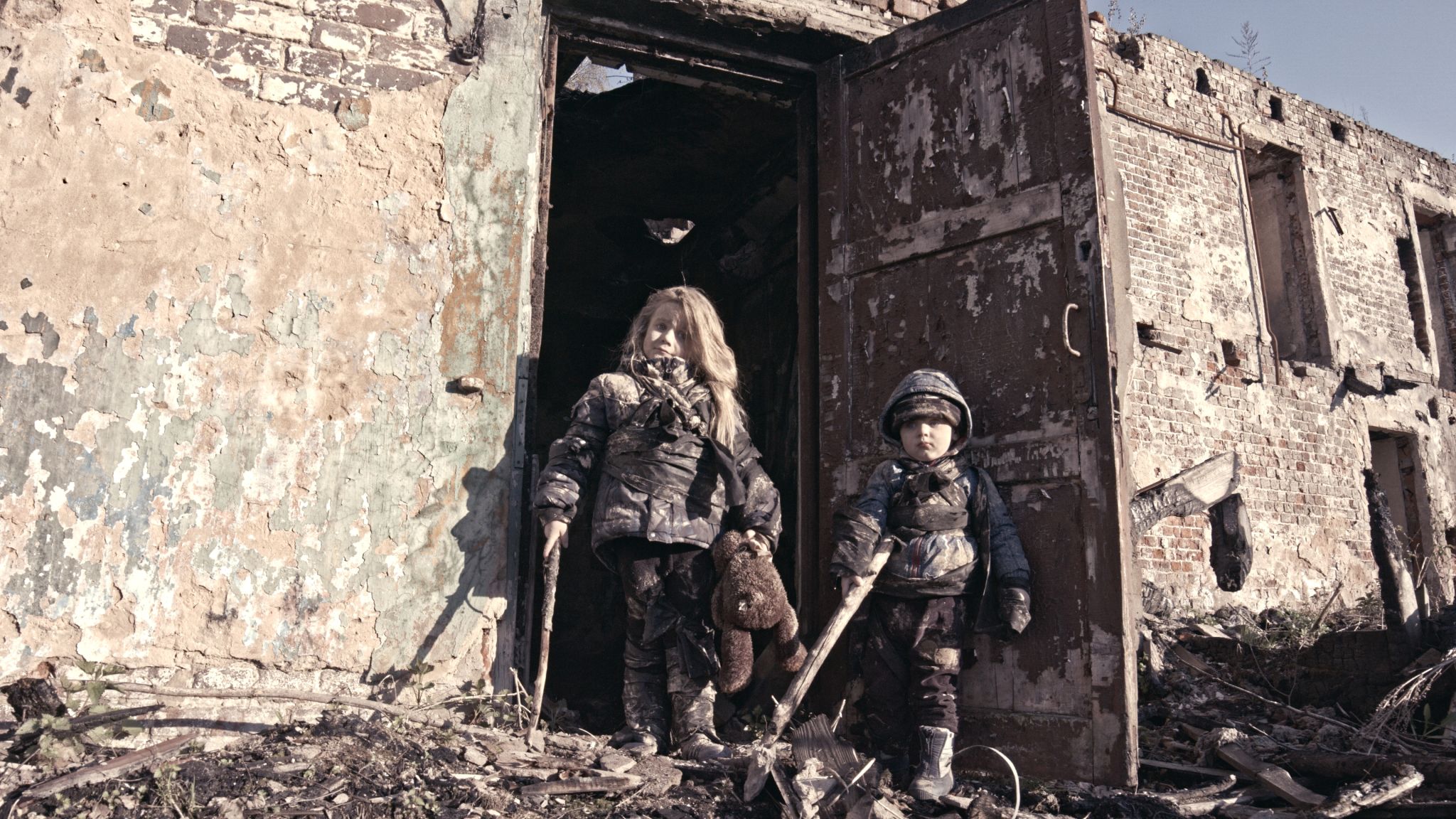Children of a Hope: A Unique Perspective on Popular World War II Films
Exploring the Cinematic Landscape of World War II
World War II has been a profound source of inspiration for filmmakers around the globe. This era, marked by intense conflict and human resilience, continues to captivate audiences through powerful storytelling and compelling visuals. While many films focus on the battles and military strategies, others delve into the human stories that emerged from the chaos. These films offer a unique perspective on the war, highlighting not just the struggles, but also the hope and determination of those who lived through it.

The Human Element in War Films
One of the defining features of World War II films is their ability to portray the human element amidst a backdrop of conflict. Movies such as "Schindler's List" and "Life is Beautiful" focus on individual stories of survival and resistance. These narratives remind us that even in the darkest times, there is a spark of hope that drives people forward. Through these films, audiences gain a deeper understanding of the emotional and psychological toll of war.
These films also highlight the importance of relationships and community during times of turmoil. The bonds formed between characters often serve as a beacon of light, illustrating how cooperation and compassion can prevail against adversity. This human-centric approach to storytelling allows viewers to connect with the characters on a personal level, fostering empathy and reflection.
A New Generation's Perspective
As new generations discover these films, they bring fresh perspectives and interpretations. For younger audiences, World War II is a chapter in history learned through textbooks and documentaries. However, through cinema, they can experience the emotional depth and complexity of the era. Films like "Jojo Rabbit" and "The Book Thief" present the war through the eyes of children, offering an innocent yet poignant lens on historical events.

This childlike perspective adds a layer of innocence and curiosity to the narrative, prompting viewers to reconsider their understanding of history. By focusing on younger characters, these films challenge traditional war narratives and emphasize themes of growth and resilience in the face of overwhelming odds.
Diverse Storytelling Techniques
World War II films employ a variety of storytelling techniques to convey their messages. From dramatic reenactments to animated sequences, filmmakers use diverse methods to engage audiences and convey the multifaceted nature of war. For instance, "Waltz with Bashir" uses animation to explore memory and trauma, providing a unique visual experience that enhances the narrative's emotional impact.
Additionally, directors often incorporate elements of suspense and drama to maintain viewer engagement. The use of music, lighting, and cinematography plays a crucial role in setting the tone and mood of these films, drawing audiences into the historical context while allowing them to empathize with the characters' experiences.

The Legacy of Hope
Ultimately, World War II films leave viewers with a sense of hope and reflection. They serve as a reminder of humanity's capacity for compassion and resilience in the face of adversity. By highlighting personal stories of courage and perseverance, these films inspire audiences to appreciate the lessons learned from history.
In conclusion, World War II films offer more than just entertainment; they provide valuable insights into the human condition during one of history's most challenging periods. Through innovative storytelling and diverse perspectives, they continue to educate and inspire future generations.